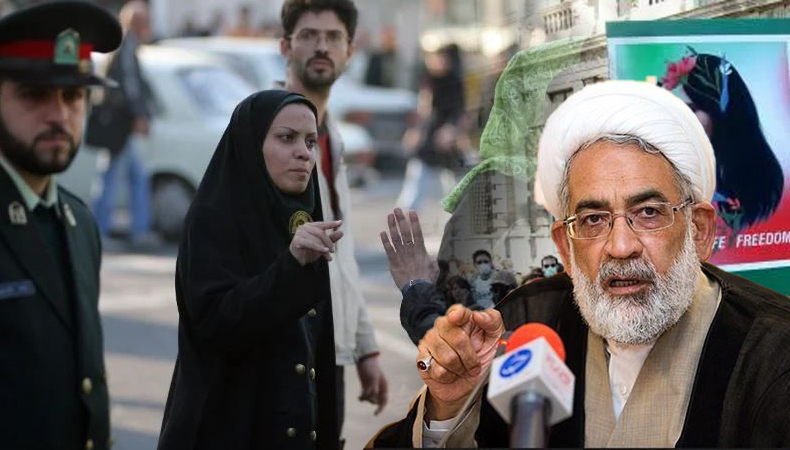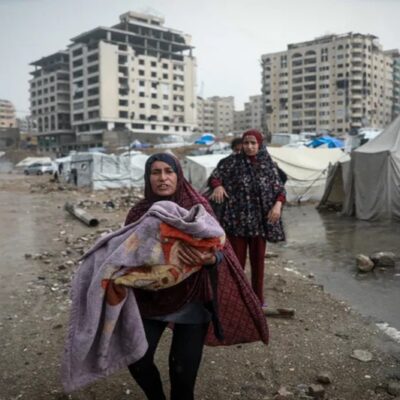The tipping point of Iran’s protest movement

The prosecutor general unexpectedly declared on Saturday that the nation’s morality police, the group accountable for the death of Mahsa Amini which ignited the protests, had been abolished, as the protest movement in Iran continues to intensify following calls for another three-day strike. The authorities first interpreted the declaration as a retreat, but it hasn’t done anything to quell discontent.
On December 3, after giving a speech in the city of Qom, Iran’s prosecutor general Mohammad Jafar Montazeri surprised everyone by appearing to affirm that the morality police, which had been established in 2006, had been disbanded.
Since officers detained Mahsa Amini, 22, for improperly donning her headscarf in September, the morality police in Iran have come under fire from demonstrators, along with the government of the Islamic Republic of Iran. After Amini passed away while in police custody, protests broke out all throughout the country and eventually the world.
Therefore, Montazeri’s assertion appeared to ratify a protestor win. According to the Isna news agency, he stated: “Judicial authorities will continue to police morals in society. The morality police have nothing to do with judicial power and have been abolished by those who created them.”
Read | 27-year-old Iranian subjected to three mock executions in the prison: Report
But two days later, it’s still uncertain how Iran’s morality police will fare. Jonathan Piron, a historian and expert on Iran, disagrees with the prosecutor general’s assertion and believes that the administration is now more rigid than ever.
The morality police still exist in Iran, he claimed. The requirement that women wear headscarves is unquestionable, and authorities haven’t made any compromises on this matter, thus the prosecutor general’s remarks were unclear and misunderstood. Their oppressive policies are still in place.




